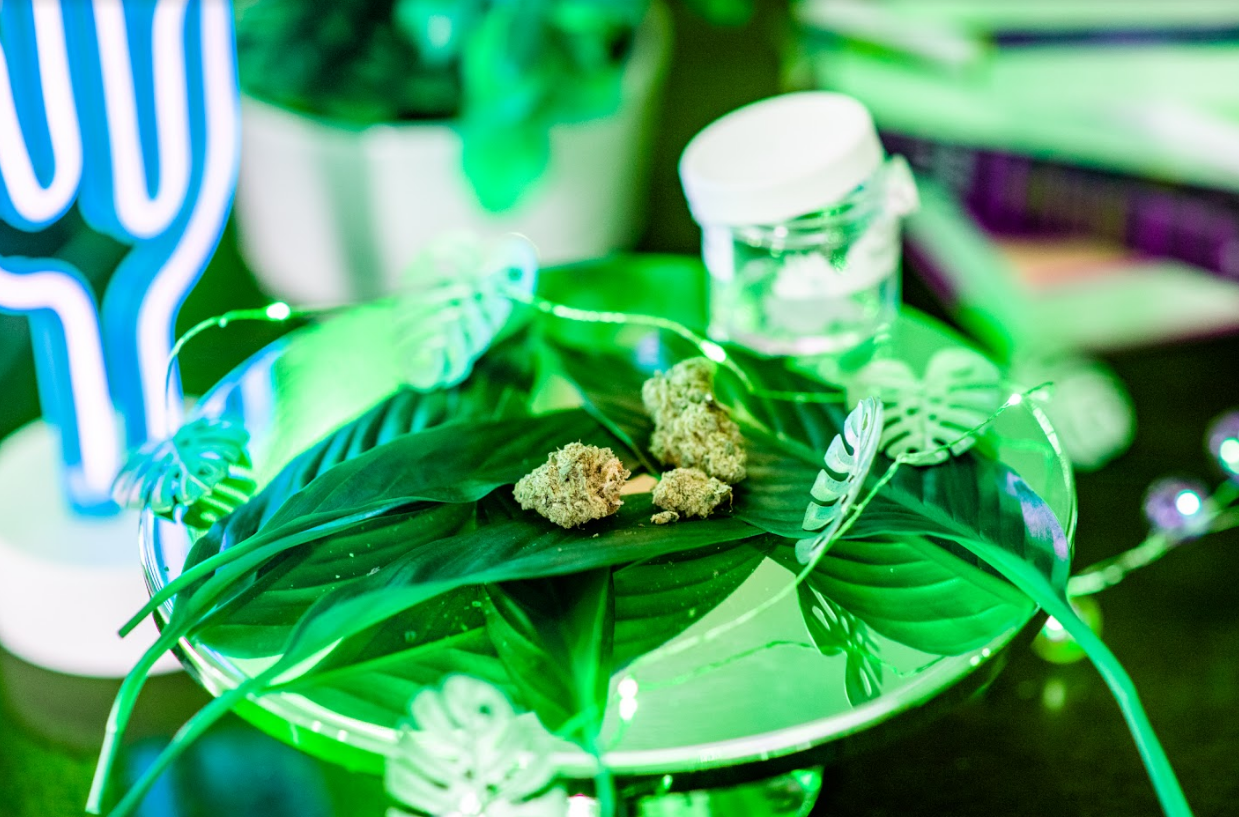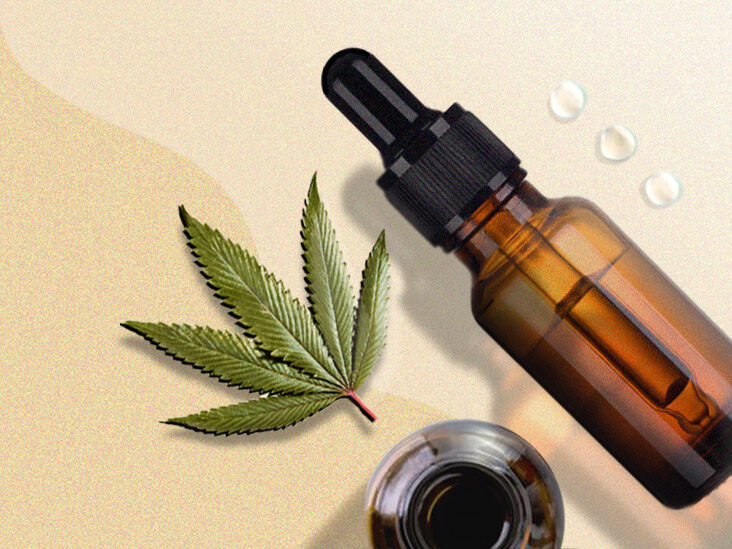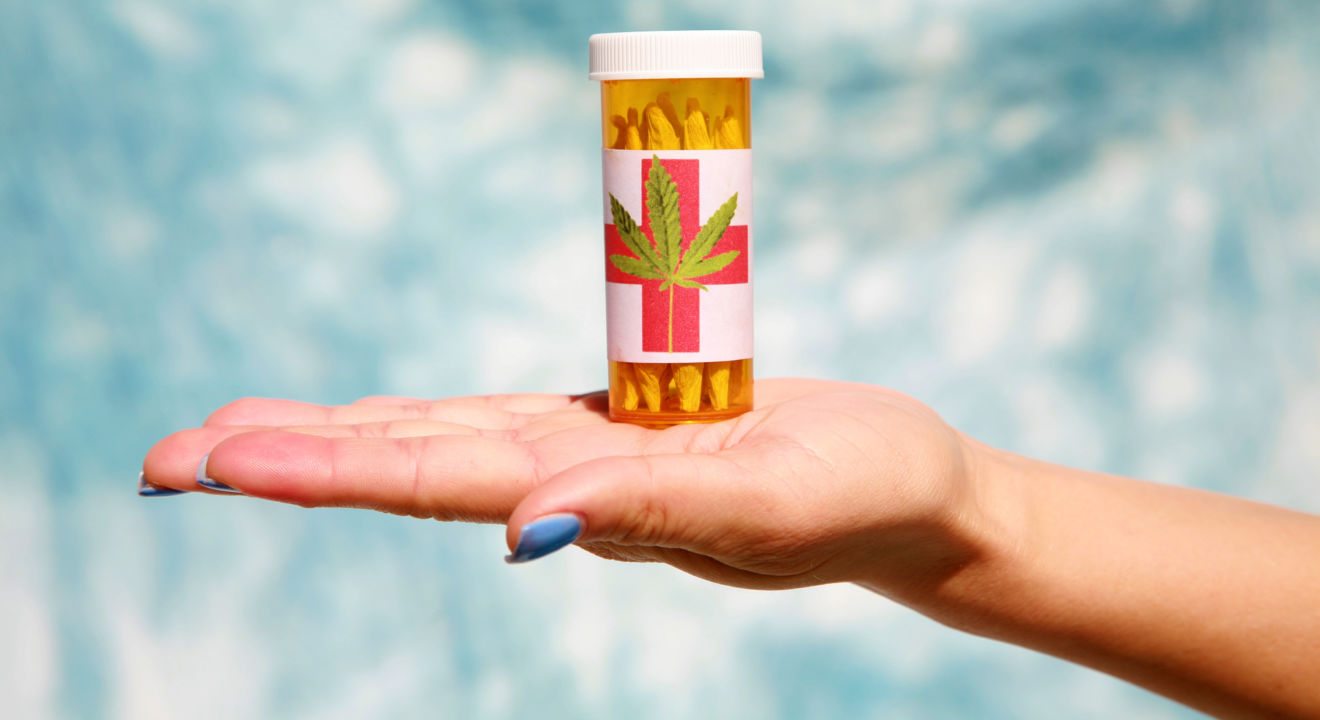When purchasing Kratom, distinguishing between high-quality and low-quality varieties is essential for experiencing its intended effects and ensuring safety. White Bali Kratom strains vary widely in quality due to factors like cultivation methods, harvesting, and processing. Here’s how to differentiate between high-quality and low-quality Kratom:
1. Source and Origin:
High-quality White Bali Kratom strains typically come from reputable sources in Southeast Asia, where the plant is native. Regions like Indonesia, Malaysia, Thailand, and Vietnam have ideal climates for Kratom growth. Low-quality Kratom may come from unknown or unreliable sources, including regions outside of Southeast Asia.
2. Strain and Variety:
Kratom comes in different strains and vein colors. Each strain and vein color has unique effects due to varying alkaloid concentrations. High-quality Kratom will have consistent effects based on its strain and vein color, whereas low-quality Kratom may not deliver the expected effects.
3. Appearance and Texture:
High-quality Kratom is finely ground into a powder with a smooth texture. It should have a vibrant color corresponding to its strain (e.g., green for Green Malay, red for Red Thai). Low-quality Kratom may be coarse, unevenly ground, or contain stems and veins, which affect potency.
4. Aroma and Freshness:
Fresh, high-quality Kratom has a characteristic earthy aroma. It should not smell musty, moldy, or foul. Low-quality Kratom may have a stale or unpleasant odor, indicating poor storage conditions or contamination.
5. Testing and Certification:
Reputable vendors of high-quality Kratom regularly test their products for contaminants like heavy metals, pesticides, and pathogens. They may also provide certificates of analysis (COA) from third-party laboratories confirming the product’s purity and potency. Low-quality Kratom is often not tested or lacks verifiable testing results.
6. Price and Packaging:
While price alone isn’t always a definitive factor, unusually low prices compared to the market average can indicate low-quality Kratom. High-quality Kratom is typically packaged securely in sealed bags or containers with proper labeling, including batch numbers and expiration dates.




